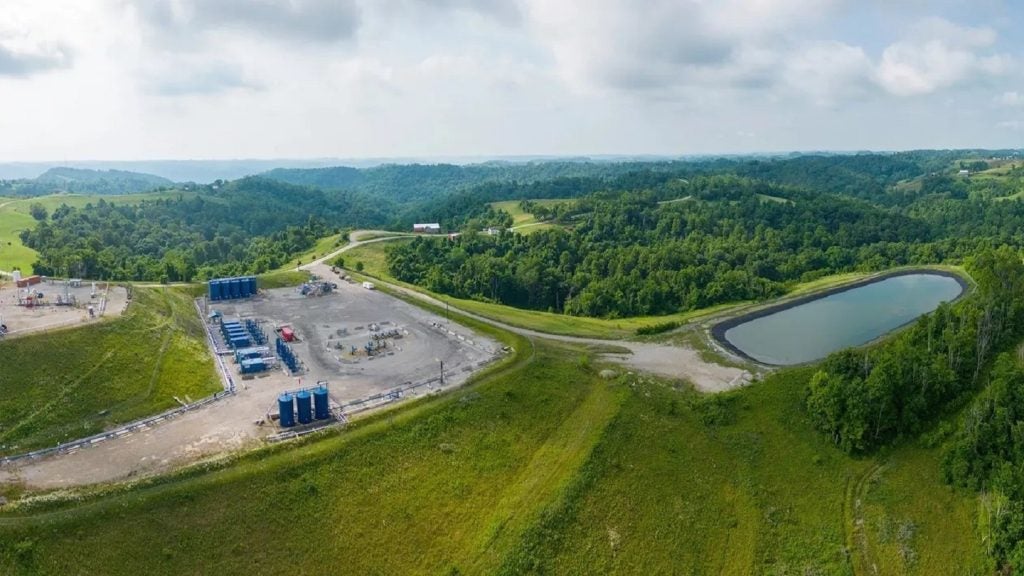
As part of a drive to assess and improve the integrity status of exploration and production facilities, a global technical integrity review and improvement program was initiated in 2006. The program commenced with an assess phase carried out by Shell Global Solutions International’s (Shell GSI) leading teams of regional discipline engineers.
The objective of the program is to enable exploration and production operations to attain a comprehensive understanding of, and identify and implement improvements to, the technical integrity of facilities in their operating units from well bore to point of hydrocarbon sale.
Integrity deterioration
The integrity of an asset can deteriorate over time for a number of reasons.
The two methodologies employed are called focused asset integrity reviews.
See Also:
The first to be described will be the equipment review (FAIR+ER), which assesses the current status of equipment, and the second will be the management system review (FAIR+MS), which addresses the efficiency of management systems governing the inspection and maintenance activities required to maintain the functionality of equipment.
How well do you really know your competitors?
Access the most comprehensive Company Profiles on the market, powered by GlobalData. Save hours of research. Gain competitive edge.

Thank you!
Your download email will arrive shortly
Not ready to buy yet? Download a free sample
We are confident about the unique quality of our Company Profiles. However, we want you to make the most beneficial decision for your business, so we offer a free sample that you can download by submitting the below form
By GlobalDataAssessment methodology
Focused asset integrity review: equipment review (FAIR+ER). In order to carry out an assessment of equipment condition it is necessary first to define its purpose and functionality.
In order to do this in a consistent and repeatable way that could be applied to a variety of assets throughout Shell’s global operations, reference was made to the integrity barrier model also often referred to as the ‘Swiss cheese’ model.
Each barrier contains a number of safety critical elements (SCEs). Note that not all of the SCEs are listed in the figure and not all are necessarily included in every FAIR+ER assessment, as some SCEs may not be required or defined by an asset’s safety case and so would not be present on the asset under review.
For each of the SCEs, a series of acceptance criteria (AC) were defined, representing the minimum level of performance that is required, or the minimum standard of technical integrity required for the equipment type.
The AC were derived from performance standards created as part of the risk-management process and aimed at setting the benchmark standard of minimising risks to an as low as reasonably practicable (ALARP) level. To facilitate consistency a set of global minimum performance standards has been established for all SCE groups, which form the basis for the specific performance standard for equipment on all Shell facilities.
The FAIR+ER methodology comprises a detailed review of the present condition of equipment to determine if it will function as per design on demand. FAIR teams use experienced discipline engineers to review equipment condition records, conduct interviews, and capture the collective memory, concerns and suggestions from asset personnel involved with the operation and maintenance of the equipment.
Another important aspect is to look at the equipment, as its visual appearance can often convey an accurate impression of whether essential inspection and maintenance activities are being undertaken. All information gathered during the review is recorded on current status reports (CSRs), which are produced for each SCE and are available as a software-based recording system.
Each CSR gives a conclusion about the integrity status of the SCE to which it refers. Conclusions can be integrity demonstrated, integrity not demonstrated and integrity demonstrated but with recommendations (recognising the possibility of practices worth replicating).
CSRs include the acceptance criteria for the relevant SCE with a check box to indicate its established status so that it is clear why the conclusion on integrity status has been made. Also included are checklists to prompt and support the review engineer and maintain consistency between reviews.
When all SCEs relevant to an integrity barrier have been assessed, the status of the barrier can be established. Recommendations to restore and/or improve integrity status are also outlined on the CSRs, including a rudimentary risk assessment to define a priority for the recommendation.
Based upon a completed FAIR+ER review producing a set of CSRs for an asset, an operating unit can move forward to define the specific actions required to restore integrity where it has been found to be not demonstrated. CSRs offer detailed evidence supporting the conclusion on the status of their subject SCE, and clear recommendations and prioritisation, which can form the basis of a recovery program.
Focused asset integrity review: management systems (FAIR+MS)
FAIR+MS is a structured review of asset integrity management systems. Integrity management systems are necessary to control the activities, practices and procedures that are required to monitor and maintain the integrity of facilities.
FAIR+MS has been developed as a series of modules focused on specific asset types such as static equipment (which includes vessels and piping), instrumentation, rotating equipment, wells, pipelines and offshore structures. Aspects of management systems reviewed are detailed:
- organisation and administration
- skill resources, training and certification
- procedure and practices
- quality assurance and quality control
- maintenance plans
- module-specific aspects
- corrosion prevention and control
- inspection and fitness for purpose assessments
- testing programs
- data, integrity records, tools and references.
The FAIR process begins with a preliminary self-assessment performed by staff from the site being reviewed using FAIR software that guides them through a thorough series of questions about all aspects of the asset integrity systems. In this way the site staff reach a conclusion about the effectiveness of their management systems.
The FAIR+MS team then interviews site staff from all levels and functions (technical and operating). A review of record systems and procedures is carried out.
Using the information gathered, the review team then reaches its own conclusion about the management systems and (again using the supporting software) based on the gap analysis between the site self-assessment and the FAIR+MS team findings, a list of strengths, weaknesses and key findings is produced jointly, leading to a prioritised list of improvements to management systems.
The review also produces a point score on a scale of 0-1,000 that is useful for defining the level of effectiveness of management systems and for monitoring progress towards the aspired target level.
Through consistent application of the FAIR+MS methodology within our own operating units and a number of third-party operators, we have found that FAIR+MS offers several benefits. It allows you to measure the effectiveness of your asset integrity management systems quantitatively and qualitatively, and enables you to demonstrate that effectiveness to key constituents.
It provides detailed and practical recommendations aimed at enhancing profitability through improved reliability, reduced deferment of production, extended asset life and maximised payback on operating expenditures. The score provides a basis for benchmarking and a baseline against which to measure improvement.
The FAIR+MS process also offers excellent best practice sharing opportunities.
Conclusions
The FAIR+ methodologies outlined are complementary and key processes for assessing integrity status and the capability of operating units to sustain integrity. Applying them together enables a holistic view to be obtained by the reviewing team, thus deriving the maximum benefit.
They are tried and tested within the Shell Group and a number of third-party operators where the accuracy and consistency of the methodologies has enabled a clear focus on the prioritisation and allocation of resources towards maintaining assets that are safe and can be demonstrated as such.





